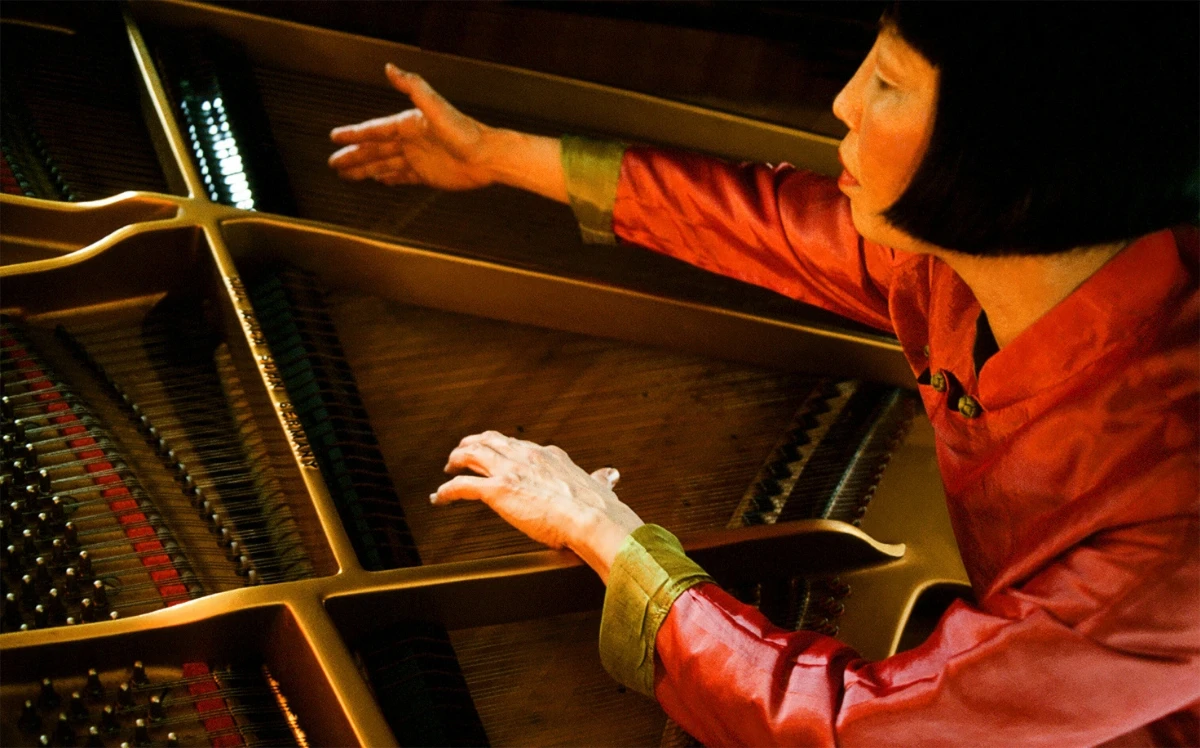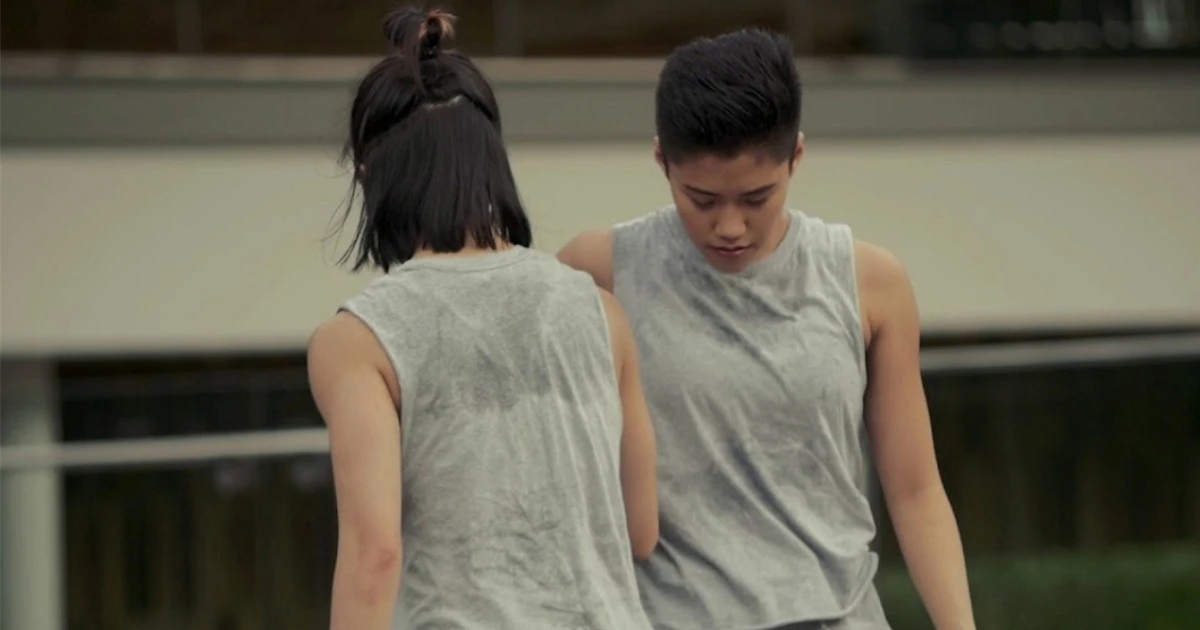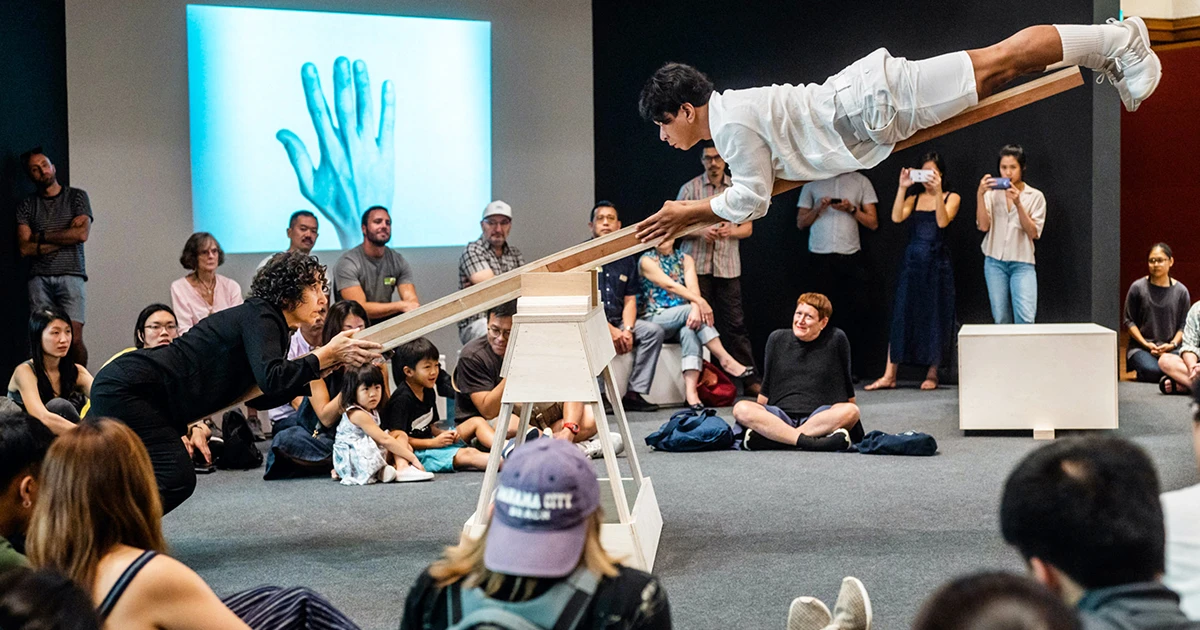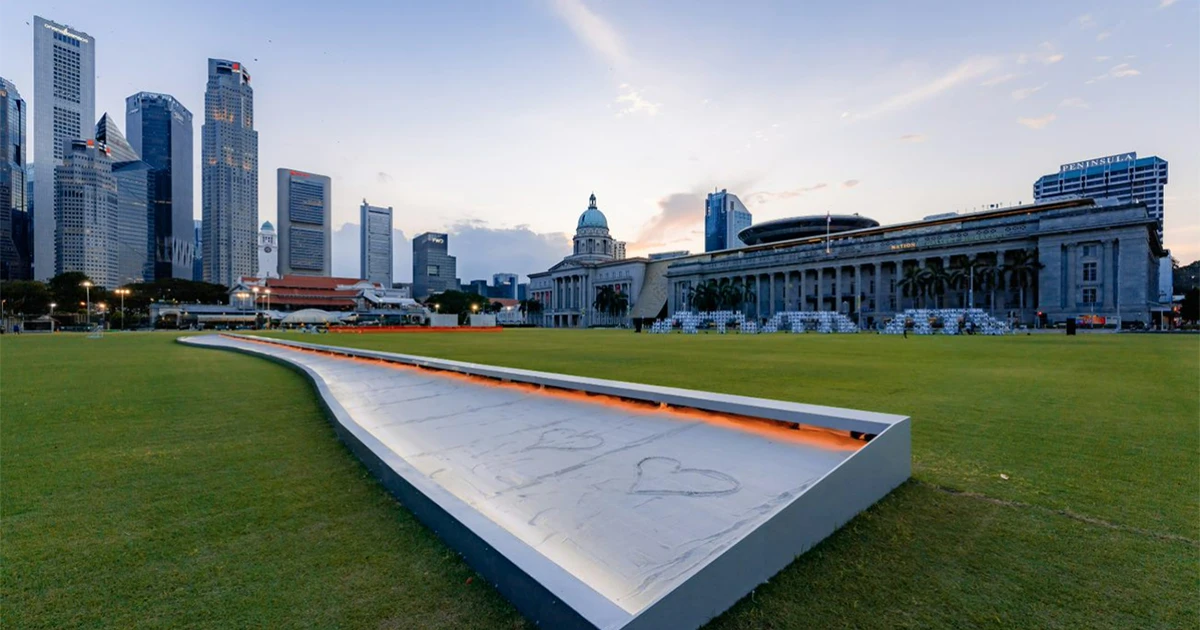Minimalism Redux by Margaret Leng Tan
In conjunction with Minimalism. Space. Light. Object., leading experimental music figure Margaret Leng Tan presented a concert marathon of Minimalist music titled MINIMALISM REDUX in January 2019. Here she shares the inspiration behind the full-length concert.

The music of the minimalist pioneers––Philip Glass, Steve Reich, La Monte Young and Terry Riley––came into its own in the 1960s alongside the minimalist art of Carl Andre, Frank Stella, Donald Judd, Dan Flavin and Robert Morris.
Just as minimalist art was a reaction to the excesses of Abstract Expressionism, minimalist music was a refutation of the atonal complexities of International Style or academic music, predominant since the advent of Arnold Schoenberg’s twelve-tone system in the 1920s. While American composers had long labored under the burden of European musical dominance, Abstract Expressionism was, by contrast, a home-grown New York phenomenon. Minimalism thus became the first major American contribution, the first trans-Atlantic “ism” to profoundly affect Western classical music.
Glass and company openly acknowledge their debt to John Cage who, by example, gave them the permission and confidence to be themselves. It is also no accident that all these musical mavericks had contact with the music of non-Western cultures, whether it be Glass, Riley and Young’s association with the Indian raga tradition or Steve Reich’s forays into Ghanaian drumming and Balinese gamelan. These World Music influences profoundly affected their compositional practices.
The Beatles and the ’60s counterculture with its Eastern-inspired emphasis, paved the way for an appreciation of the meditative, trance-inducing music that came to be known as minimal music. The term was first coined in 1968 by Michael Nyman who ranks among the most prominent European minimalist composers along with Louis Andriessen and Arvo Pärt.
The hallmarks of minimalist music are a steady pulse, strong tonal center, a circumscribed gamut of pitches often contained within modular units, along with stasis, repetition, and gradual transformation. Minimalist music is concerned with the unfolding of the process itself and the intense concentration on the single musical moment. Steve Reich likens it to watching the minute hand on a watch––you can perceive it moving after you stay with it a while.
Paradoxically, minimal music is often maximal in its duration as in Glass’s monumental Music in Twelve Parts (four hours) or Steve Reich’s hour-long minimalist classic, Drumming. La Monte Young’s (still-evolving) Well Tuned Piano unfolds over a span of five to six hours. Terry Riley’s seminal In C has no fixed duration but I participated in its 45th anniversary celebration at Carnegie Hall where it was the only piece on the program. All these works represent a total immersive listening experience.
With minimalist music the listener becomes attuned to a whole other perception of time and space. Gone are the classical notions of development, climax and denouement. Minimalist music just is – each instant self-sufficient unto itself. Anticipation is irrelevant. Immersion in the Now induces a Zen-like acceptance of seeming non-happening.
For the performer minimal music also poses a whole set of new challenges. The repetitions, permutations, phase shiftings all contribute to a process music which demands the utmost concentration and discipline from the performer who must remain poised in a state of unwavering supreme alertness.
In Minimalism Redux I revisit Cage and Satie, those intrepid adventurers who sowed the seeds for minimalism. Besides paying homage to the classic minimalist masters Glass and Reich, I celebrate their enormous impact on the succeeding generation where four decades later, the cornucopia of post-minimalist riches remains ever abundant.
And what more appropriate way to end the marathon than with recent minimal works tailored for the toy piano with its restricted compass and clickety-clackety disposition?








-min 1.png)



